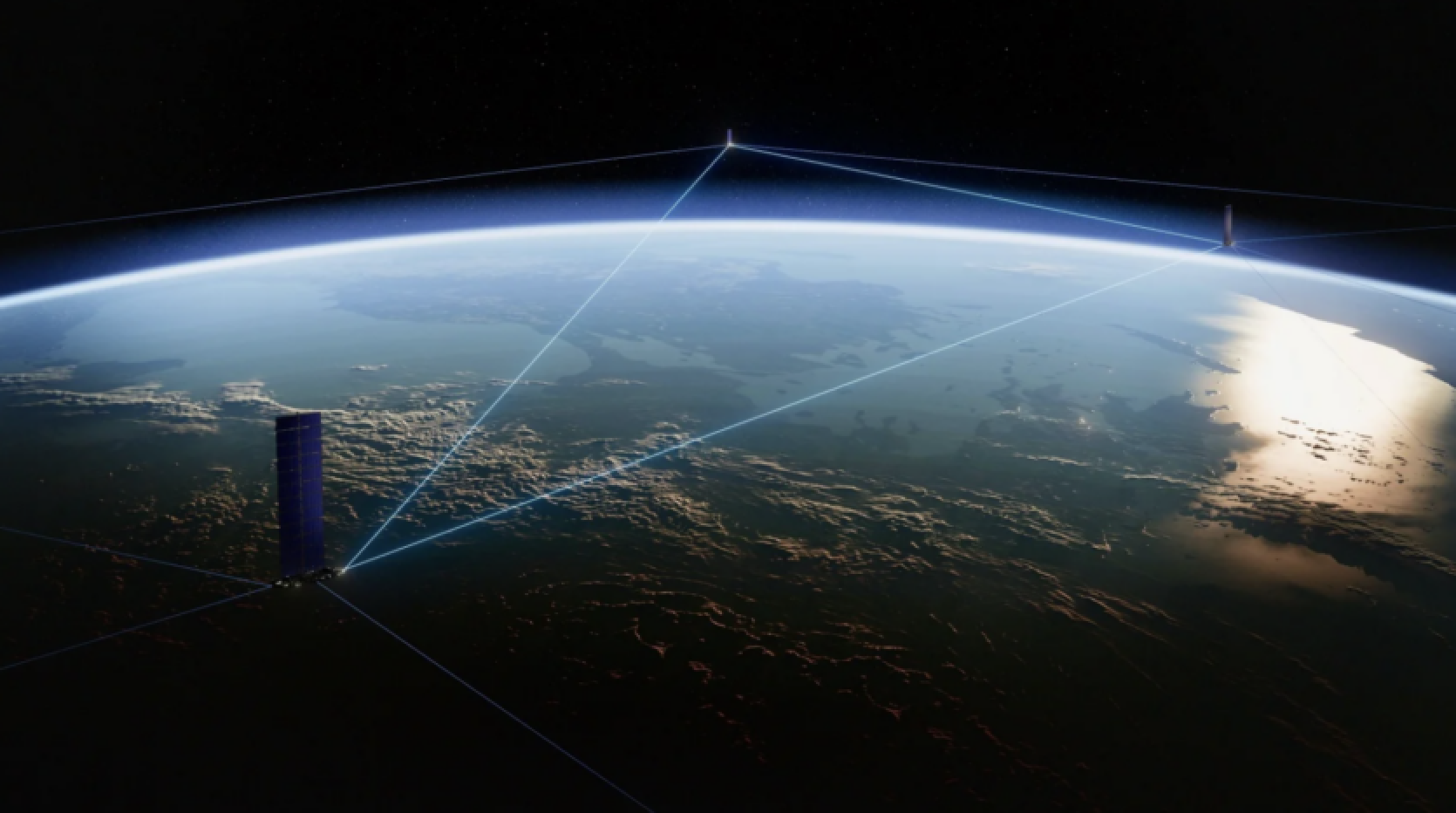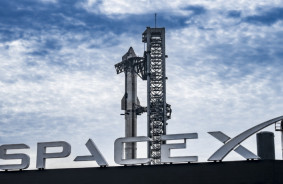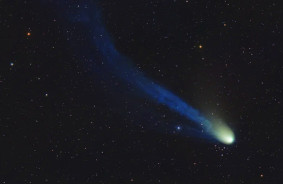SpaceX's laser system for Starlink delivers more than 42 petabytes of data to customers per day, as one of the company's engineers revealed today. This is 42 million GB.
NEWS: SpaceX's laser system for Starlink is delivering over 42 petabytes of data for customers per day, an engineer revealed today. That translates into 42 million gigabytes.
“We're passing over terabits per second every day across 9,000 lasers"https://t.co/dauGw2sKrH
— Sawyer Merritt (@SawyerMerritt) January 30, 2024
We are transmitting over a terabit per second [of data] daily through 9000 lasers. We essentially service all our Starlink users via lasers at a certain time for about a two-hour window.
— stated SpaceX engineer Travis Brashear at SPIE Photonics West, an event in San Francisco dedicated to the latest achievements in optics.
Although Starlink uses radio waves to transmit high-speed internet to customers, SpaceX also equips satellites with a "laser link" system to reduce latency and improve global coverage. Lasers can maintain a connection at a speed of 100 Gbps per line, they are especially important to help satellites receive data when there is no nearby SpaceX ground station, for example, over the ocean or Antarctica. Instead, the satellite can transmit data to another Starlink satellite in low Earth orbit and from there, forming a network in space.
Brashear's Tuesday report showed that the laser system is quite reliable, despite the equipment being on board thousands of Starlink satellites constantly orbiting Earth. Despite technical challenges, the company has achieved a laser link uptime of over 99%.
Satellites constantly form laser communication lines, resulting in around 266,141 "laser handoffs" per day. But in some cases, the connection can be maintained for weeks and even reach data transmission speeds of up to 200 Gbps.
Brashear also mentioned that the Starlink laser system was able to connect two satellites over a distance of more than 5400 kilometers from each other. According to him, the connection was so distant that it "cut through the atmosphere at an altitude of 30 kilometers above the Earth's surface" before the connection was disrupted.
Another interesting fact: we held a connection at an altitude of 122 kilometers while removing a satellite from orbit. And were able to transmit video.
During his presentation, Brashear also showed a slide depicting how the laser system can deliver data to a Starlink dish in Antarctica through seven different paths. "We can dynamically change these paths in milliseconds. So as long as we have some path to a ground [station], you will have 99.99% uptime. That's why it's important to have as many nodes as possible," he added.
Most of the Starlink satellites currently in orbit use Gen 3 laser communication. But recently, the company upgraded the technology, creating a new Gen 4 model. SpaceX can produce about 200 units per week, but to reduce costs, the company uses off-the-shelf components, including sensors and drives. SpaceX also had to ensure that all components are "removable" and leave no traces when the Starlink satellite is decommissioned and burns up in the Earth's atmosphere.
In the future, SpaceX plans to expand the laser system so that it can be transferred and installed on satellites from third-party manufacturers.













Comments (0)
There are no comments for now